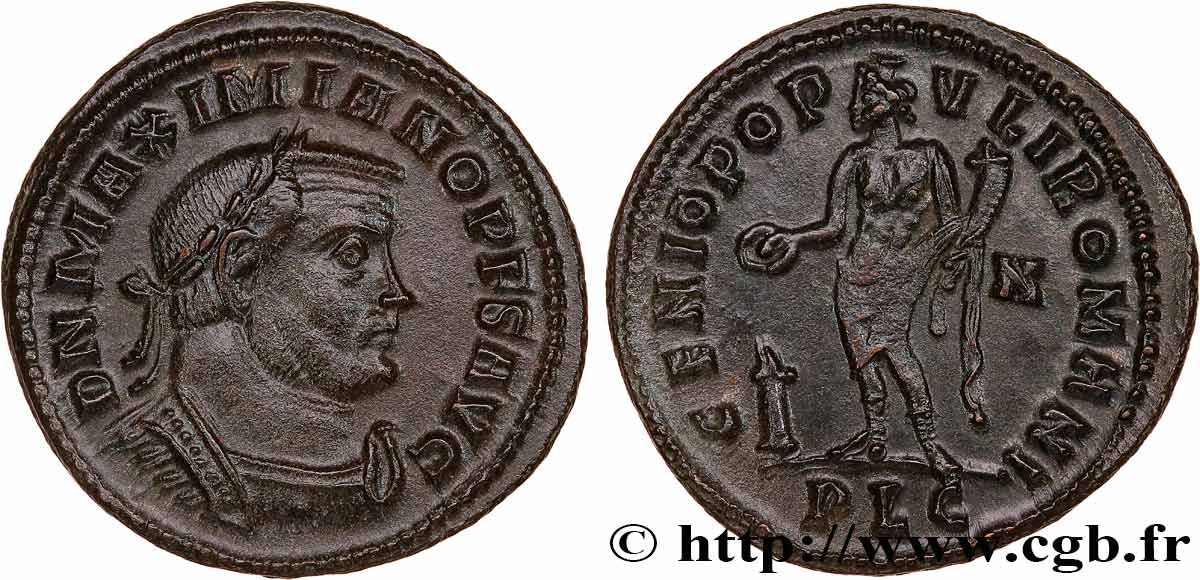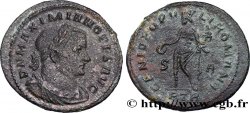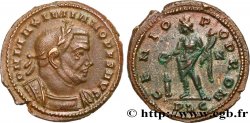brm_760071 - MAXIMIANUS HERCULIUS Follis ou nummus
175.00 €(Approx. 199.50$ | 150.50£)
Quantity
Add to your cart

Type : Follis ou nummus
Date: été
Date: 307
Mint name / Town : Lyon
Metal : copper
Diameter : 28 mm
Orientation dies : 6 h.
Weight : 8,14 g.
Rarity : R1
Coments on the condition:
Monnaie sur un flan large, centré des deux côtés. Très beau buste de l’empereur. Superbe revers. Patine foncée
Catalogue references :
Obverse
Obverse legend : D N MAXIMIANO P F S AVG.
Obverse description : Buste lauré et cuirassé de Maximien Hercule à droite avec pan de paludamentum sur l’épaule, vu de trois quarts en avant (B*01).
Obverse translation : “Domino Nostri Maximiano Pio Felici Seniori Augusti”, (À notre seigneur Maximien pieux heureux auguste le plus âgé).
Reverse
Reverse legend : GENIO POP-VLI ROMANI/ (AUTEL)|N// PLG.
Reverse description : Genius (Génie) debout à gauche, coiffé du modius, le Génie porte l’himation, tenant une patère de la main droite et une corne d'abondance de la main gauche.
Reverse translation : “Genio Populi Romani”, (Au Génie du Peuple romain).
Commentary
Un changement radical intervient dans la représentation du Génie au revers. Il est maintenant normalement revêtu de l’himation au lieu du manteau tombant sur l’épaule (paludamentum). Une autre innovation est l’apparition d’un N dans le champ à droite. Nous nous sommes interrogés sur la présence et la signification de ce N. Il pourrait tout simplement signifier “Nova” (nouvelle) pour rappeler techniquement la réduction du follis du 1/32 L. au 1/40 L.








 Report a mistake
Report a mistake Print the page
Print the page Share my selection
Share my selection Ask a question
Ask a question Consign / sell
Consign / sell
 Full data
Full data









